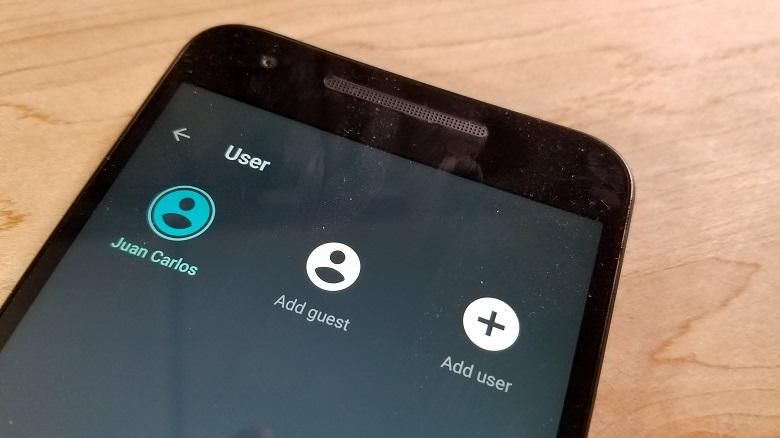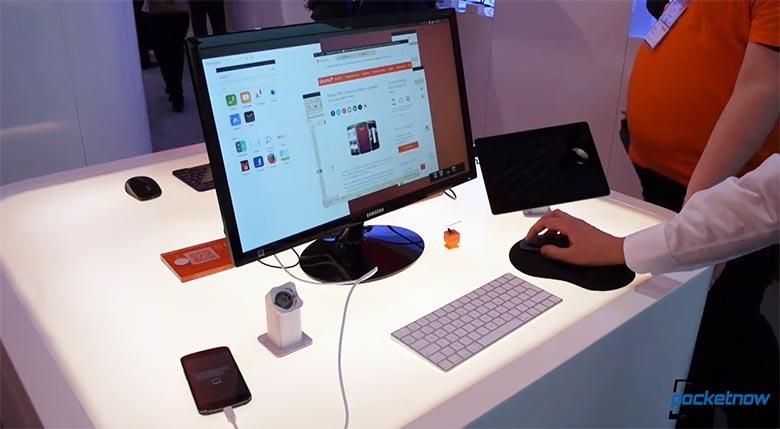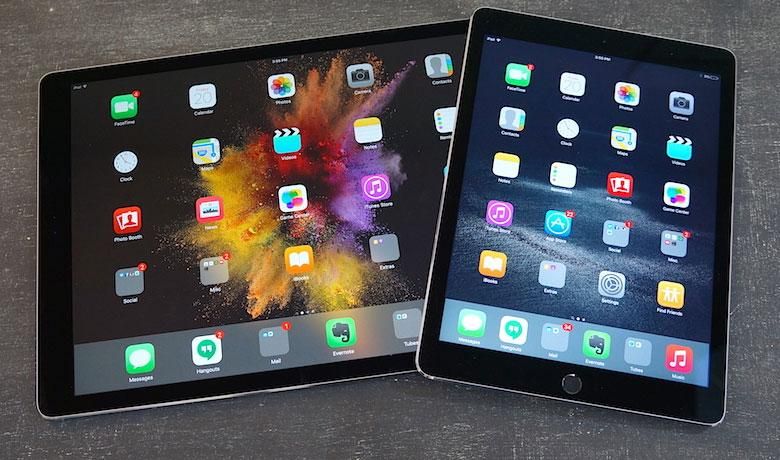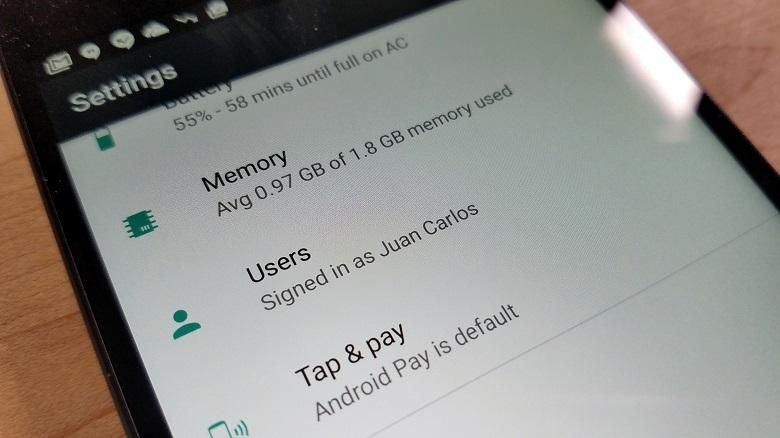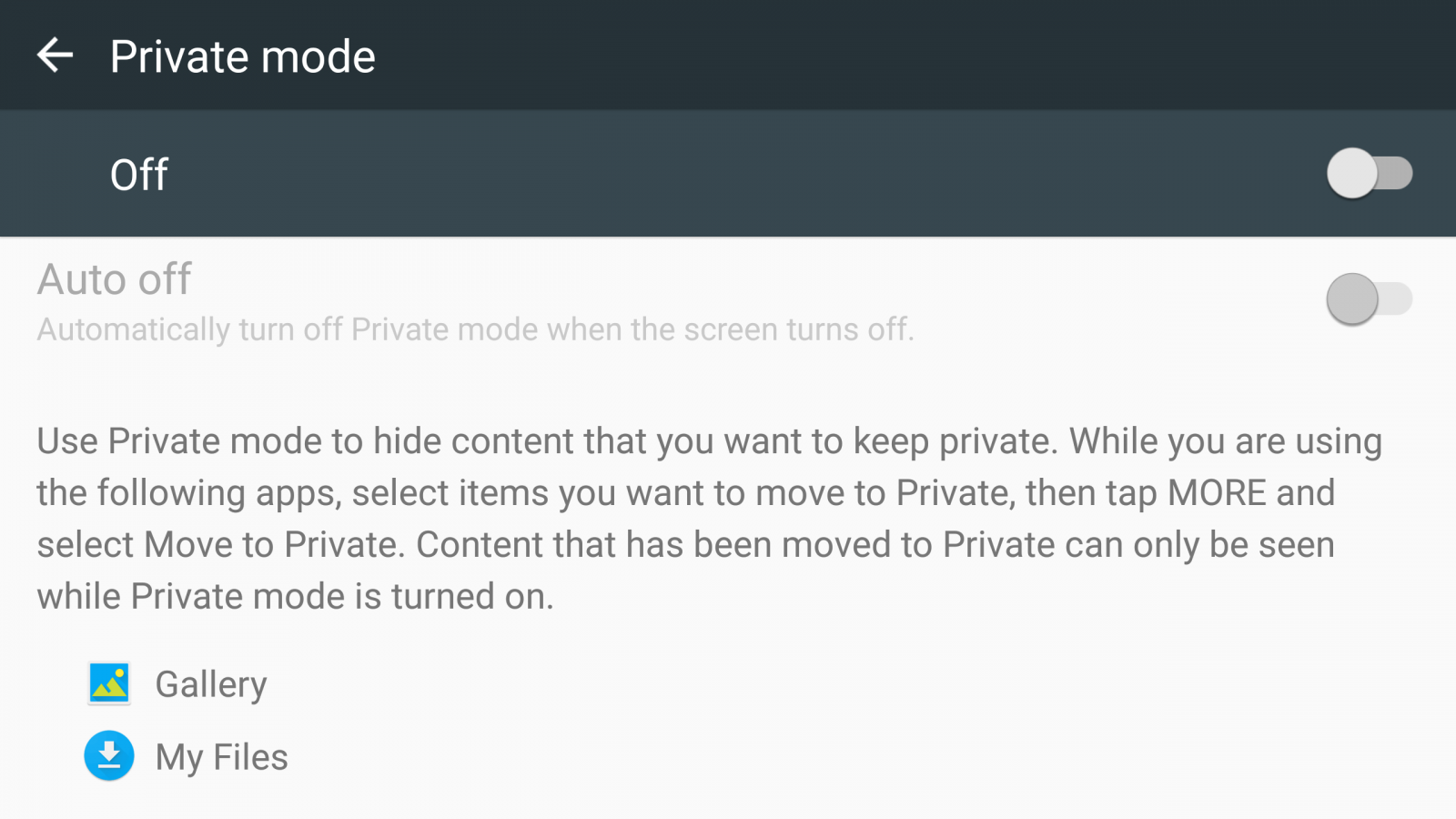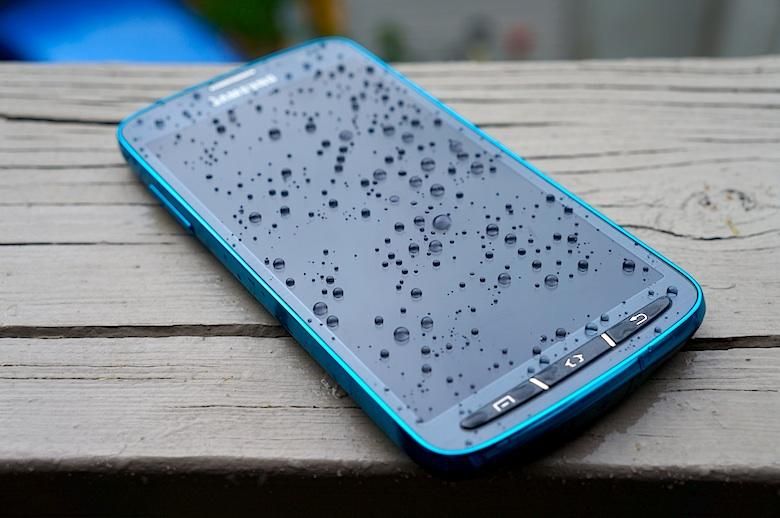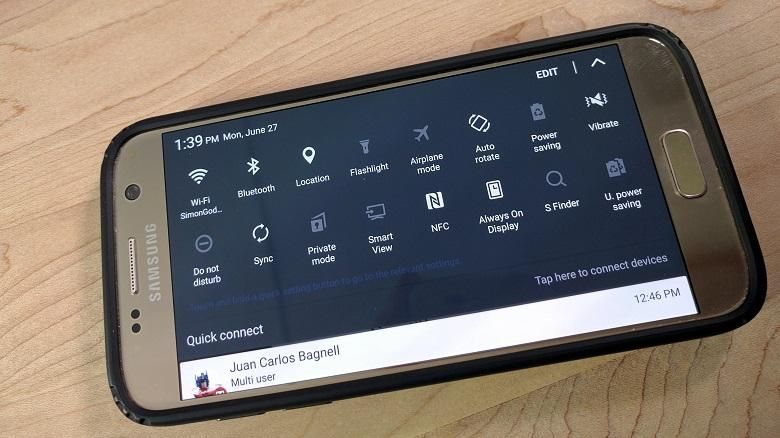Somewhere during the transition between Android Kit Kat and Lollipop, the Android blogs were awash in the discussion about multiple user accounts for mobile devices. If two (or more) people used the same gadget, they could have their own unique user ID’s and passwords. When logging in, their own customized homescreens and app collections would appear. People seemed really excited about this feature, but now on the cusp of Android N’s consumer facing release, multi-user accounts isn’t something much discussed, especially for phones.
This is a metaphor held over from the days of desktops, back when we were also encouraged to “be kind and rewind” our rented movies before returning them to a physical store location. Computing was a monolithic experience back then. Families had one giant box, with one giant screen, and people had to take turns using it. Today, it still makes sense for our desktops and laptops to function this way, helping cohabitating people consolidate the number of computers in a space, when many interactions can be fulfilled from other devices.
To that same token, the “Family Tablet” also stands to benefit from allowing individual users to have their own local accounts on the device. What Mom might want to do on a slate is probably a lot different than what a child might want to do. This idea has been a long requested and ignored feature for iPads. A tablet is already something of a luxury for many families. Multiple tablets increasingly so, especially when tablet prices approach low end laptop prices.
Phones however are a different story. Phones are more personal. Phones are replaced more frequently, and phones often have other constraints, like individual phone numbers, or more limited storage options.
I took a random sampling of friends in my social circles, most were on iPhones, and the folks on who were on Android were using mostly Galaxy phones with a few LG handsets in the mix. All told, my less than scientific survey included 28 people, 18 on iOS, eight on Galaxies, two on LG’s.
When asked if any of them enabled any kind of multi-user settings on ANY of their electronics, all but two married couples said “no”. Even other people with kids largely just had one mega account on their desktop PCs that everyone in the family dumped their stuff into. One father of three said he at least made his kids set up folders on the desktop of the family computer to store their pictures and videos.
Parents of small children also didn’t seem particularly interested in guest accounts or private modes. This is an issue my Wife and I are struggling with as parents of a young baby. We’re really working to restrict our daughter’s exposure to glowing rectangles, but occasionally we let her watch something musical. During those short encounters, the extra steps involved in switching modes isn’t a process we’re likely to perform. If we need to distract or placate her for a minute, she’s not going to be impressed that our phone has a “kid mode”. As our daughter gets older, we’re going to be more concerned with her getting into other files and apps, definitely worried about her racking up charges on our credit card, but at eight months old, we’re really just more concerned with her slapping the screen and disabling the video.
Our solution for now is to use app and window pinning instead. We recently produced a short video on how to activate this feature, which essentially locks the screen to one app. So far our baby girl has yet to defeat this option. She will someday, but that day is not today.
Our phones are pretty complicated devices. For those of us who aren’t “super techy”, it’s easy to see how some people are getting left behind in being made aware of all the things their phones can do. For my friends using Galaxy phones, none of them knew about the private mode. On the Galaxy S7 you can find it docked in the notification tray after a second swipe. Showing one friend where it was, she was excited at first, but then when she saw you had to set it up, and approve which apps would be protected, she shrugged it off. It was too complicated for her to really use.
It seems like such a great feature in theory:
“What about those times where a friend has to borrow your phone, or a kid is playing with it? Just log into your guest account!”
Yet the reality of those situations are far more fleeting. When a friend needs to use my phone, I give them my phone. No questions asked. No delay. I don’t make them wait for me to launch a guest mode. They are my friend because I trust them. If I don’t trust someone, I just don’t give them my phone.
One last growing trend from my anecdotal surveying was the notion of “hand-me-downs”. Parents were less likely to “flip” their phones, selling older devices to help subsidize newer purchases. Cousins of mine kept all their old devices, as those were what their kids could use. For larger families, older kids got more recent devices, while older devices were passed down to younger children. First born kids (like me) win again! Not only did siblings get old clothes, they got old gadgets too!
This made a lot of sense to us. Looking at when our baby might be ready for a bit more screen time, my Wife has an old Galaxy S4 Active which looks like it can still take some abuse. For work, we have a Nexus 5X in house as a review unit, and Android N has a full multi-user mode to create different accounts, or launch a guest mode, but I’m probably never going to really use it.
Admittedly, these conversations were not from a wide range of different economic tiers, my friends and family are all vaguely somewhere in the middle class. Have you found a use for setting up multiple users on a single phone or tablet? Does Private or Guest mode protect your data? Drop us a comment below!

